The rich history of women’s sports in Colorado
By Lexi Marshall
In Colorado, a revolution in women’s sports has been quietly building for decades, from middle and high school sports to elite Olympic events. Girls who once had to fight for spots on boys’ teams now wear the jerseys of hometown heroes like Sophia Smith and Mallory Swanson.
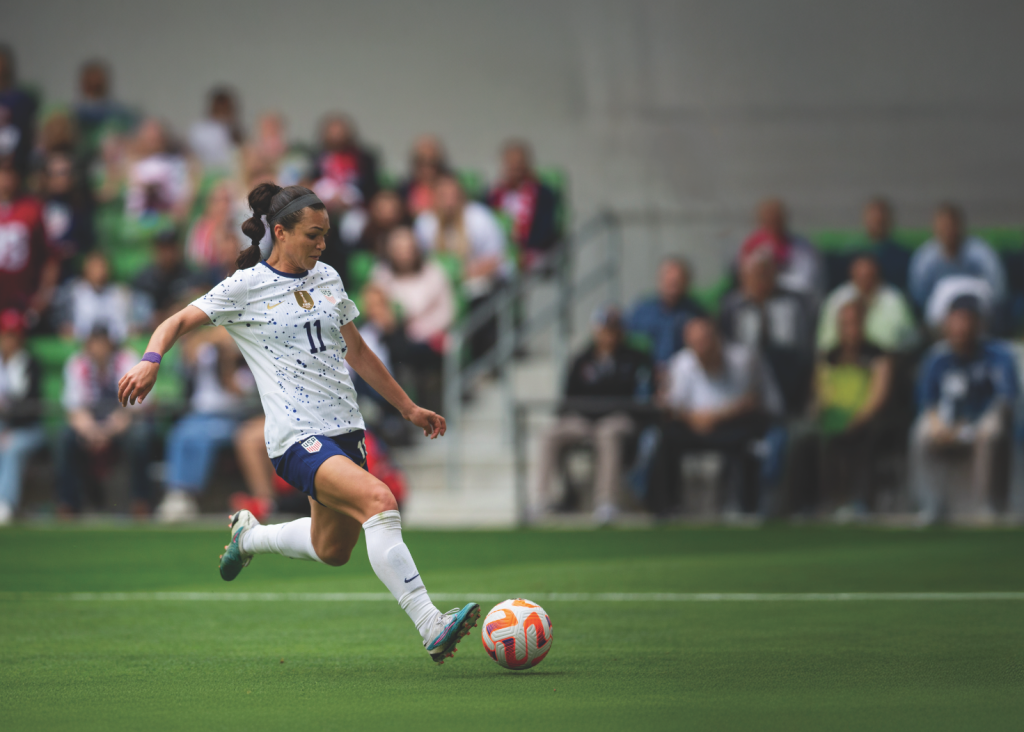
Parents who remember when girls’ sports meant only cheerleading now watch their daughters compete in packed stadiums. And in 2026, when Denver welcomes its first National Women’s Soccer League (NWSL), it will mark another breakthrough in a state that has become an unexpected launching pad for female athletes.
The story of women’s sports in Colorado weaves through generations: through the pioneers who fought for Title IX, through Olympians like alpine skier Mikaela Shiffrin and swimmer Missy Franklin who redefined what was possible, and through the thousands of girls who lace up their cleats and hit the fields each weekend. Yet behind these achievements lies a complex tale of persistence, barrier-breaking and the ongoing fight for equal access to sports.
A Legacy of Trailblazers
From an early age, it was clear that Colorado Sports Hall of Fame inductee Mildred “Babe” Didrikson Zaharias was destined for greatness. She burst onto the scene in 1932, challenging gender norms and proving that women could achieve extraordinary things in sports. A six-time Associated Press Female Athlete of the Year, Zaharias won two Olympic gold medals in track and field and played a key role in founding the Ladies Professional Golf Association.
After moving to Denver in 1943, Zaharias became a special consultant to Judge Philip B. Gilliam at the Denver Juvenile Court, helping disadvantaged children. While playing for Park Hill Country Club, she won 17 straight tournaments during the 1946-47 season, including the British Women’s Amateur, becoming the first American to do so. Upon her return, she was celebrated as Denver’s hometown hero on July 4, 1947.
With 35 career victories in golf, including 10 majors and three U.S. Opens, she demonstrated remarkable resilience by winning her third U.S. Open championship just 14 weeks after undergoing major cancer surgery in 1954. Sadly, her battle with cancer ended in 1956, but her legacy lived on. She was inducted into the Colorado Sports Hall of Fame in 1974 and the National Women’s Hall of Fame in 1976, forever etching her name in history as a pioneer of women’s sports in Colorado and beyond.
Colorado-born golfer Jennifer Kupcho is swinging her way into current-day Colorado women’s sports lore. The 27-year-old was voted into the Colorado Golf Hall of Fame in 2024 at a time when she was still building her professional golf resume. But her early success made her a natural fit. She grew up in Westminster and played collegiately for Wake Forest University. She won the first Augusta National Women’s Amateur in 2019, then turned pro and won her first LPGA major, the 2022 Chevron Championship.
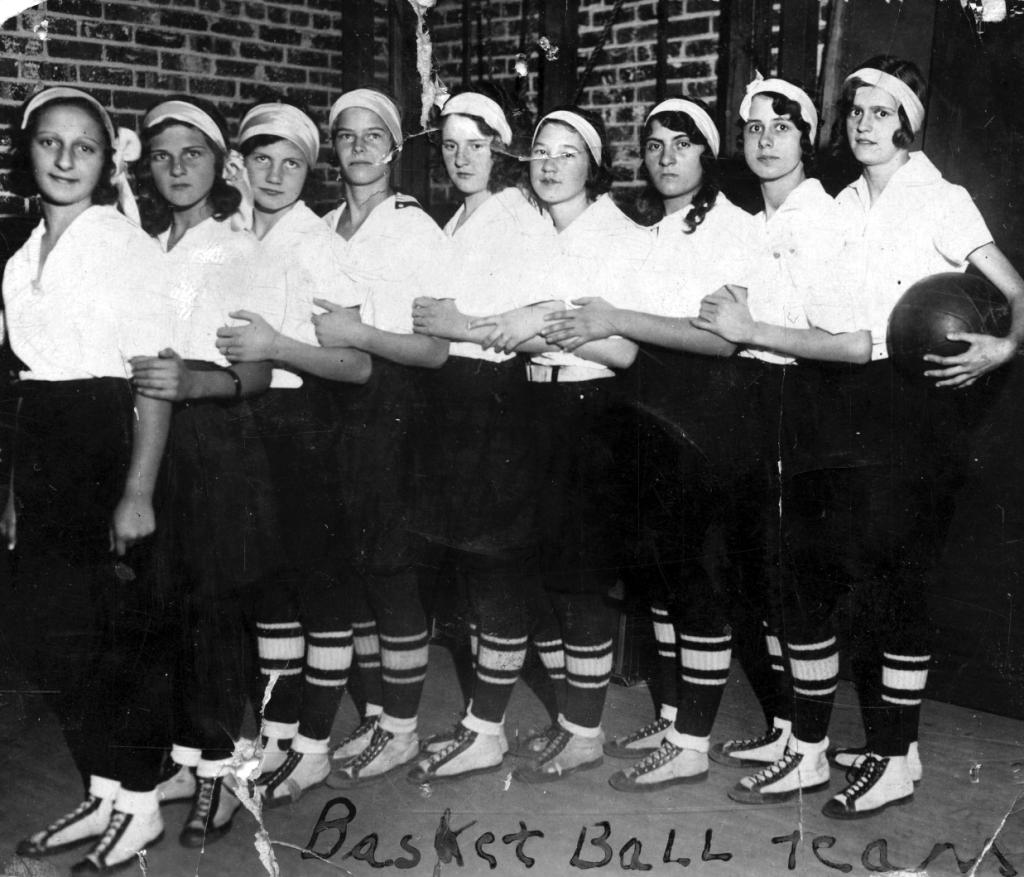
Janine Szpara stands as another key figure in the evolution of women’s sports in Colorado, particularly in the realm of soccer. As a goalkeeper for the Colorado College Tigers from 1985 to 1988, she made significant contributions to the team’s success across 78 appearances. In 1986, the Tigers achieved their best result, finishing as NCAA runners-up, a remarkable accomplishment that underscored the growing competitiveness of women’s collegiate soccer.
Szpara’s excellence was recognized with NSCAA First-Team All-American honors in all four seasons of her college career, and she was named ISAA Goalkeeper of the Year in 1988. Her legacy at Colorado College includes several enduring records: 46 career shutouts, the best save percentage in school history and the lowest average goals conceded, cementing her place in Colorado’s women’s sports history.
Colorado’s Athletic Heritage
Colorado’s natural landscape has played a crucial role in developing these world-class athletes. “Our trails, parks, mountains and rivers create the perfect training ground,” says Jennifer Anderson-Ehrlich, executive director of Sportswomen of Colorado. “We produce Olympic-level skiers, kayakers and runners because of where we live.”
The state has also become a powerhouse for women’s soccer, producing U.S. Women’s National Team stars Sophia Smith, Lindsey Horan and Mallory Swanson. Their success has paved the way for Denver’s NWSL expansion team, set to debut in 2026 as the city’s first women’s professional sports franchise. With a purpose-built stadium and training facility, it represents a major investment in female athletes and youth development.
Many believe this athletic excellence stems from strong institutional support. The University of Colorado Boulder (CU) and Colorado State University (CSU) developed competitive women’s sports programs following Title IX’s passage. CU Boulder’s cross-country program has produced multiple Olympians and NCAA champions, while CSU’s volleyball program has built a strong reputation in collegiate athletics.
Colorado hosts several elite training facilities, including the U.S. Olympic & Paralympic Training Center in Colorado Springs, where athletes across multiple disciplines train at high altitude. This infrastructure, combined with the state’s natural advantages, has helped nurture emerging talent across summer and winter sports, contributing to Colorado’s role in developing elite athletes.
Take Lindsey Vonn, who moved to Vail at age 12 to advance her skiing career. Her connection to Colorado’s slopes proved transformative—she went on to become the most successful female ski racer in World Cup history with 82 victories before her retirement in 2019. During her career, Vonn clinched three Olympic medals, including downhill gold at the 2010 Vancouver Games, and earned four overall World Cup titles. Her achievements extended beyond competition through the Lindsey Vonn Foundation, which provides scholarships and programming to help young people pursue their athletic dreams. Vonn’s resilience through multiple injuries and comebacks, combined with her dedication to supporting the next generation, has left a lasting impact on Colorado’s athletic legacy.
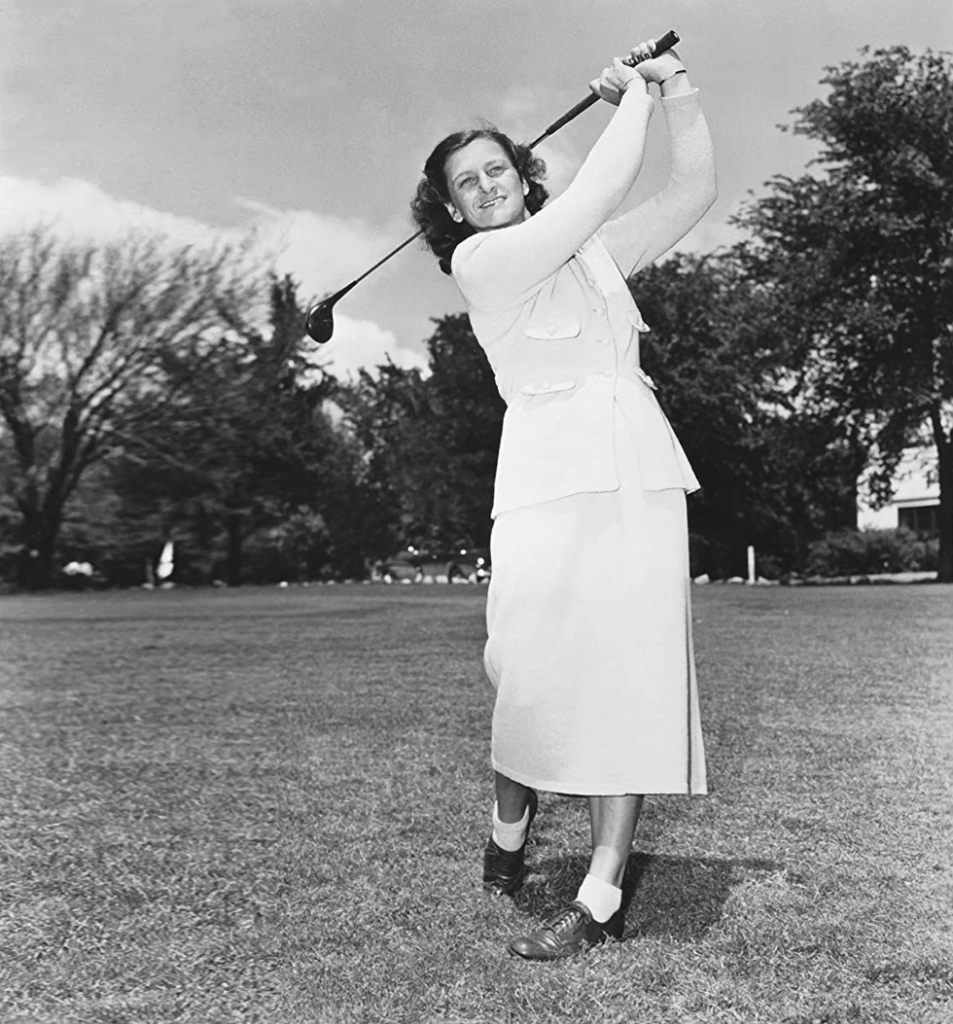
The Modern Challenge of Access
Despite these advancements, challenges persist. Title IX, enacted in 1972, was a game-changer for women’s sports, but its impact hasn’t been the same for everyone. “Although Title IX was established 50 years ago, in so many ways there are more barriers I feel in 2025 than ever, or maybe the barriers feel larger: access, transportation, money, gym and field availability—everything is expensive,” Anderson-Ehrlich says.
According to the Women’s Sports Foundation, girls drop out of sports at twice the rate of boys during adolescence. Financial constraints, limited program availability, social pressures and safety concerns all play a role.
Through her role as secretary of the Denver Women’s Sports Collective (DWSC), Karen Webber works to address these challenges. “One of the biggest barriers is access—whether it’s access to opportunities, funding, leadership positions or networks of support,” she explains. “Women in sports often have to work harder to be recognized and face biases that can limit career growth.” DWSC focuses on breaking down these barriers by creating a strong community where women can connect, share resources and advocate for change together.
Anderson-Ehrlich points out another issue: “A middle school girls’ basketball team might have just 12 or 15 roster spots, but many more girls want to play. Without enough community partnerships, after-school sports access remains limited.”
Finding Her Path in Sports
For Webber, the journey into sports wasn’t immediately obvious. “I grew up watching and cheering for Colorado sports teams with my dad,” she recalls. “At a young age, the only female roles I recalled watching on TV were the on-air talent or cheerleaders. I wasn’t genuinely interested in those roles, so I didn’t consider working in the sports industry until after graduating college.”
That changed when a digital media internship with the Colorado Rapids opened her eyes to the many behind-the-scenes roles in sports. She hustled for more opportunities—internships, part-time jobs and volunteer gigs—until she eventually landed a role with the Denver Broncos. Her story reflects the shifting landscape for women in sports careers, where opportunities now extend far beyond the playing field.
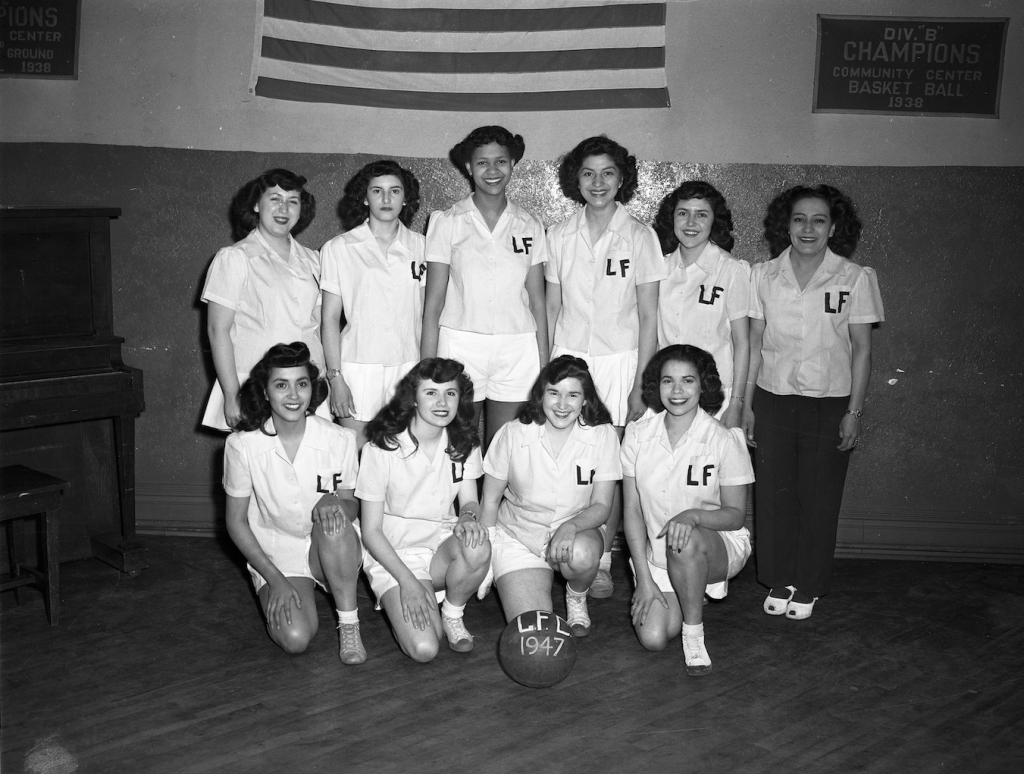
Anderson-Ehrlich has seen this evolution firsthand. “I grew up playing sports in Iowa. That’s all we did. I played flag football with the boys,” she recalls. Later, as a mother and coach, she became acutely aware of the systemic challenges girls face in athletics.
“Over the past few years, I have spent hours driving my kids and their friends to their practices, coaching youth basketball and listening to my daughters and their friends talk about confidence and body image,” she shares. “At their age, I wasn’t thinking about those things—I just wanted to play. Now, girls face different pressures that influence whether they stay in sports.”
Recognizing Excellence
Sportswomen of Colorado was founded in 1974 to give female athletes the recognition they deserved. “They held their first banquet in 1975 with 225 attendees and 28 awards,” Anderson-Ehrlich explains. Today, the organization continues this tradition, honoring approximately 40 awards per year across different categories.
These awards highlight not only elite athletes but also stories of resilience. Anderson-Ehrlich recalls Zoe Rollins, a 2022 Inspiration Award winner: “Zoe and her sister were in a serious car accident after practice on a snowy night in Loveland. She suffered a spinal cord injury and was confined to a wheelchair.” Despite this devastating injury, Rollins returned to the volleyball court with assistance to stand from her wheelchair. Dressed in her team uniform, she got her first serve over the net.
Anderson-Ehrlich’s voice fills with emotion as she describes the moment: “Seeing her roll to the service line on the video in her wheelchair, in her volleyball uniform. And having assistance to maintain her balance and getting a serve over the net… that left a lasting impression with me.”
Cultural Shifts and Ongoing Progress
Support for women’s sports in Colorado is stronger than ever. A recent Professional Women’s Hockey League exhibition game at Ball Arena shattered attendance records, with fans chanting, “We want a team.” DWSC hosted the event with 15 members, describing it as “empowering for women and the next generation.”
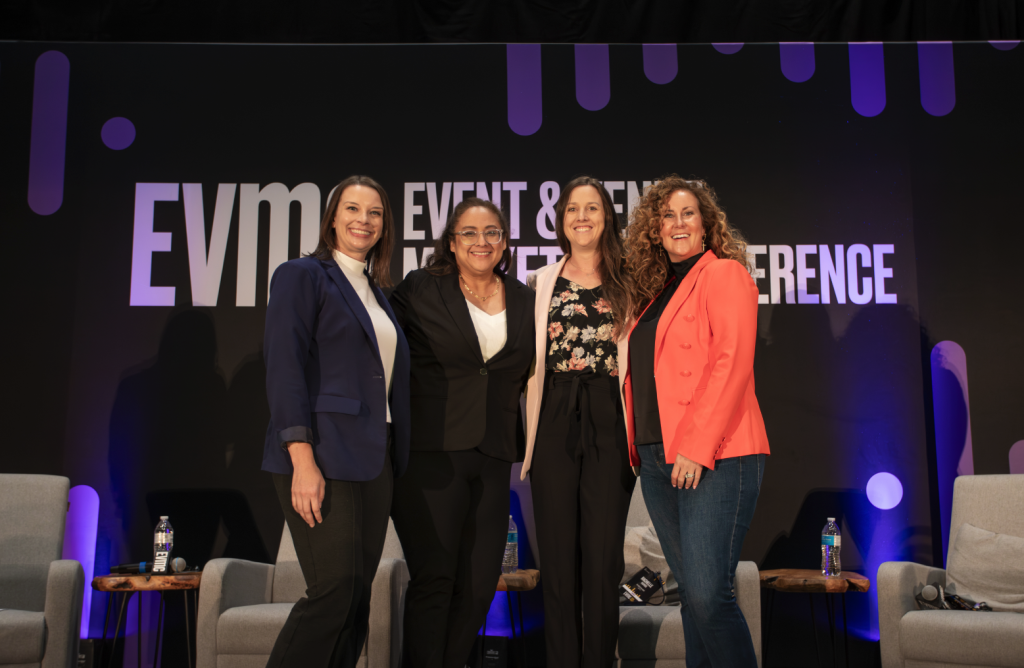
This progress extends to representation across all aspects of sports. “Not only will they watch and cheer for professional female athletes,” Webber notes, “they will see more female coaches, trainers, referees, executives and other positions in sports. The next generation of female athletes will have more exposure to the opportunities there are to play and/or work in the sports industry.”
Anderson-Ehrlich has noticed the shift in everyday life, too. “My 12-year-old daughter wears a Caitlin Clark jersey all the time. When I was her age, I had to wear Magic Johnson, Larry Bird or Michigan Fab Five jerseys—there weren’t women’s jerseys available.”
A Vision for the Future
Looking ahead, organizations and experts share a vision of continued progress. For Webber, the message is clear: “Let’s continue to empower each other. Today’s contributions, whether successes or setbacks, pave the way for future generations to dream big and meet limitless potential.”


